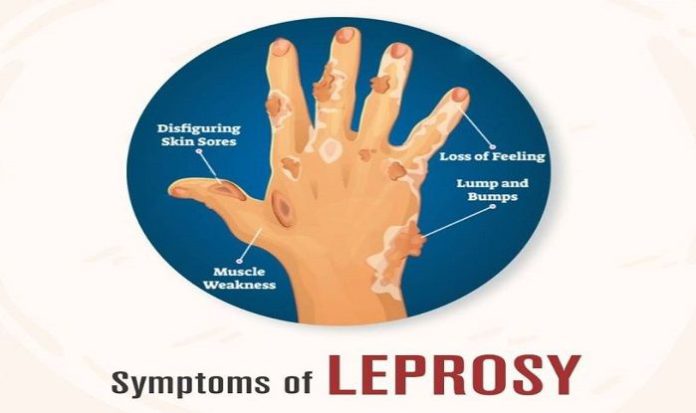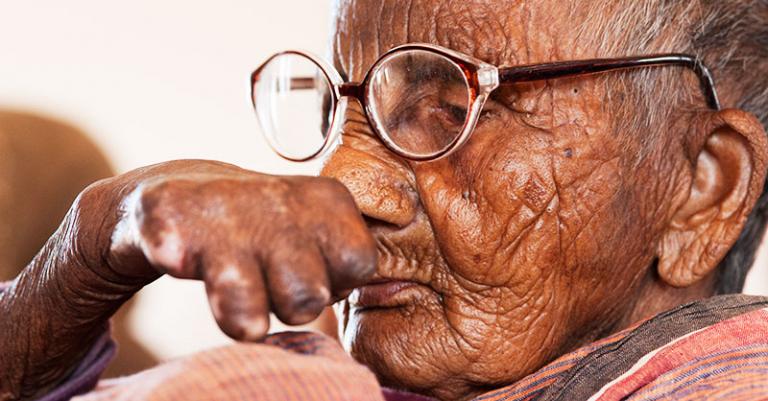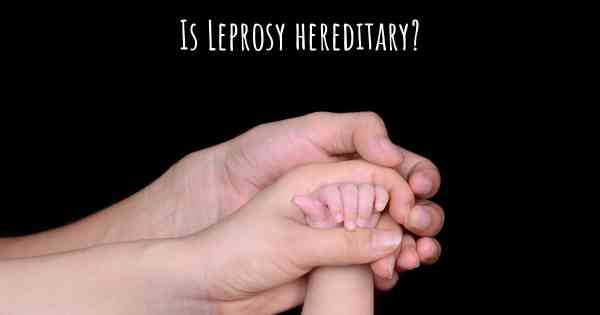is leprosy hereditary Leprosy stigma disease disfigurement physical alive misunderstandings keep caused known signs well most part
Leprosy. For many of us, the word conjures up images of a disease that’s been eradicated, or a problem that only exists in far-flung and underdeveloped regions of the world. But the reality is quite different. Leprosy continues to be a major public health issue, affecting millions of people worldwide. So what is leprosy all about, why does it still exist, and what can be done about it? Firstly, let’s dispel one of the biggest misunderstandings about leprosy - that it’s a highly contagious and incurable disease. In fact, leprosy is a bacterial infection that can be readily treated with antibiotics. It’s also not particularly contagious. The bacteria that cause leprosy can only be spread through prolonged and close contact with an infected person. Furthermore, people who receive prompt treatment for leprosy typically do not experience long-term health problems or disabilities associated with the disease. So why does leprosy continue to be a problem? There are several reasons. One is that many people are unaware of the realities of leprosy, leading to stigma, discrimination, and even violence against those who are affected. Another is that in some parts of the world, the availability and accessibility of treatment and healthcare services can be limited. Finally, leprosy also tends to affect marginalized and vulnerable populations, such as people who live in poverty or who have limited access to education and healthcare. One important step in addressing leprosy is raising awareness and dispelling myths about the disease. Another is providing effective and accessible healthcare services to those who are affected. Fortunately, there are many organizations working towards these goals, including the Global Leprosy Programme, the American Leprosy Missions, and the Leprosy Mission International. These organizations provide resources and support to those affected by leprosy, as well as working with governments and other stakeholders to improve healthcare services and reduce stigma. In conclusion, leprosy continues to be a significant public health issue, affecting millions of people worldwide. However, with increased awareness, effective treatment, and support from organizations and governments, we can work towards eliminating leprosy and ensuring that those affected can lead healthy and fulfilling lives.
If you are searching about Gospel for Asia: Fight for Zero Leprosy a Critical Human Rights Issue you’ve came to the right page. We have 5 Pics about Gospel for Asia: Fight for Zero Leprosy a Critical Human Rights Issue like Leprosy Is Not Hereditary But Can Be Transferred - Health Practitioner, Gospel for Asia: Fight for Zero Leprosy a Critical Human Rights Issue and also Leprosy not hereditary but …….. Health practitioner. Here you go:
Gospel For Asia: Fight For Zero Leprosy A Critical Human Rights Issue
 www.patheos.comleprosy hereditary many risk rights
www.patheos.comleprosy hereditary many risk rights
Leprosy Not Hereditary But …….. Health Practitioner
 www.adomonline.comleprosy symptoms hereditary skin practitioner misconceptions busted quao benedict elimination
www.adomonline.comleprosy symptoms hereditary skin practitioner misconceptions busted quao benedict elimination
Leprosy Is Not Hereditary But Can Be Transferred - Health Practitioner
 www.ghgossip.comleprosy health practitioner transferred hereditary india but disease
www.ghgossip.comleprosy health practitioner transferred hereditary india but disease
Leprosy: Misunderstandings And Stigma Keep It Alive (Part 1) | GFA
 www.patheos.comleprosy stigma disease disfigurement physical alive misunderstandings keep caused known signs well most part
www.patheos.comleprosy stigma disease disfigurement physical alive misunderstandings keep caused known signs well most part
Is Leprosy Hereditary?
 www.diseasemaps.orgleprosy hereditary any diseasemaps
www.diseasemaps.orgleprosy hereditary any diseasemaps
Gospel for asia: fight for zero leprosy a critical human rights issue. Leprosy hereditary many risk rights. Leprosy stigma disease disfigurement physical alive misunderstandings keep caused known signs well most part